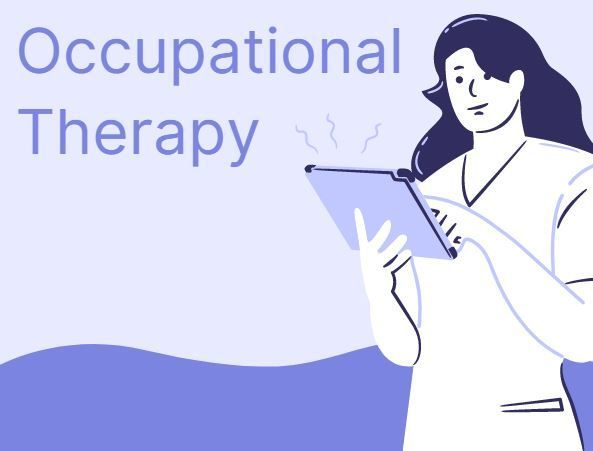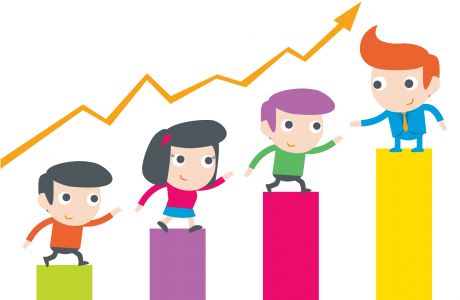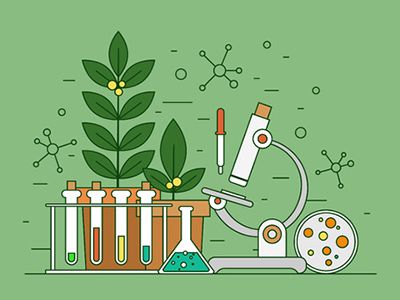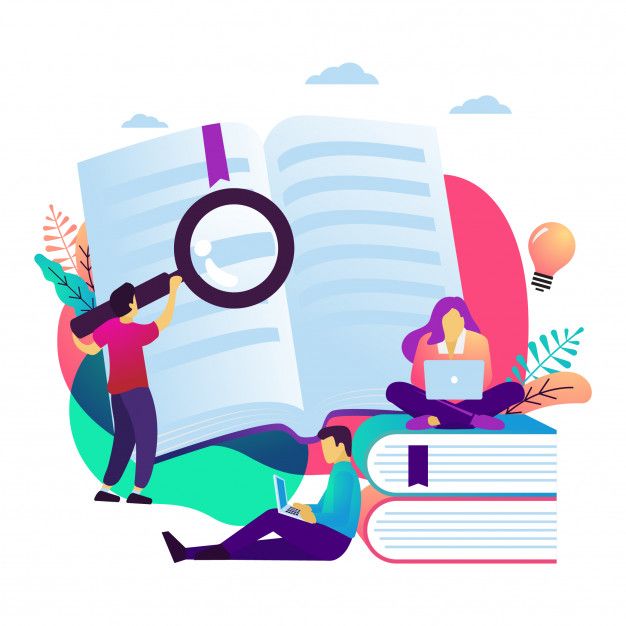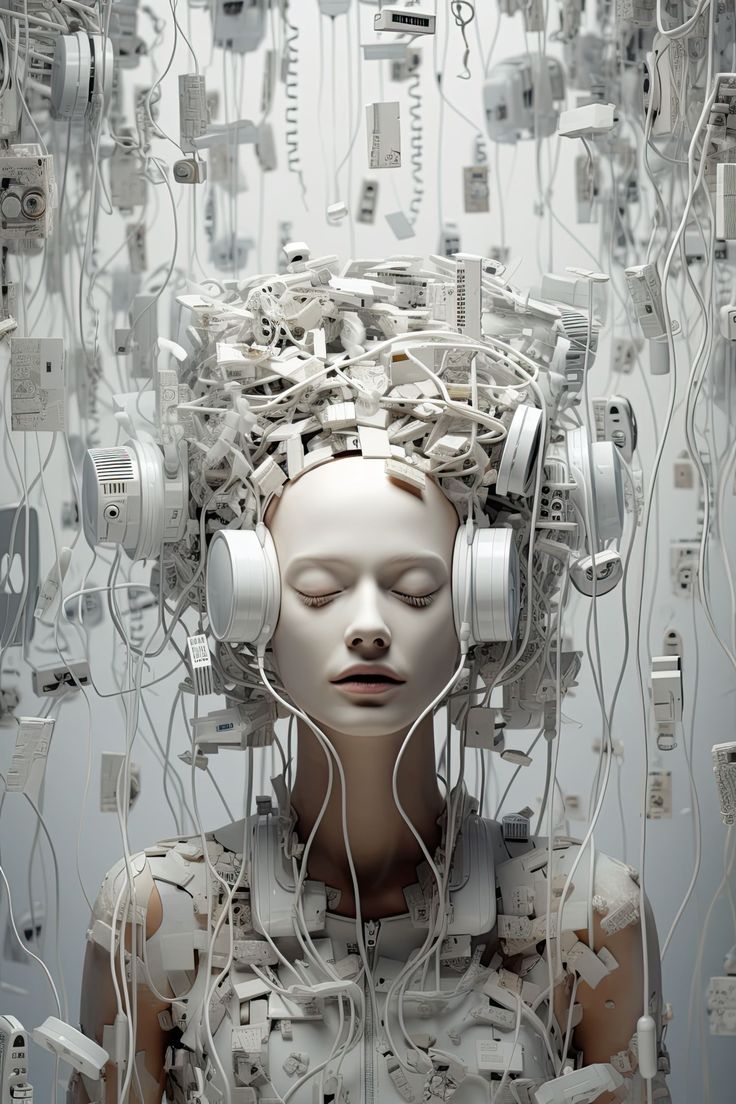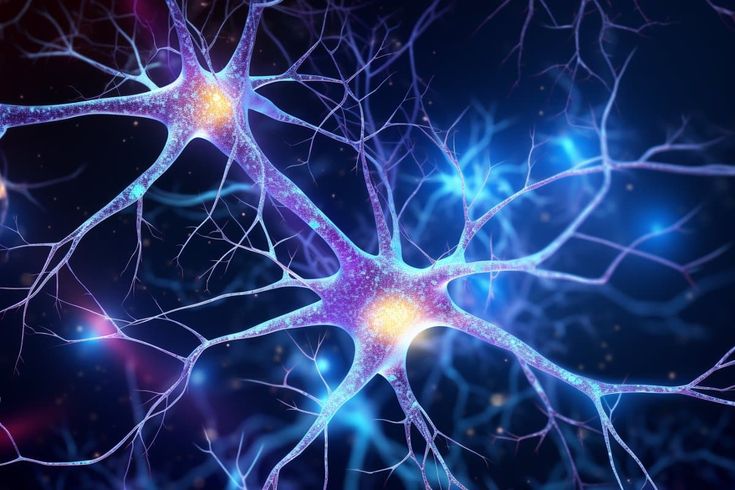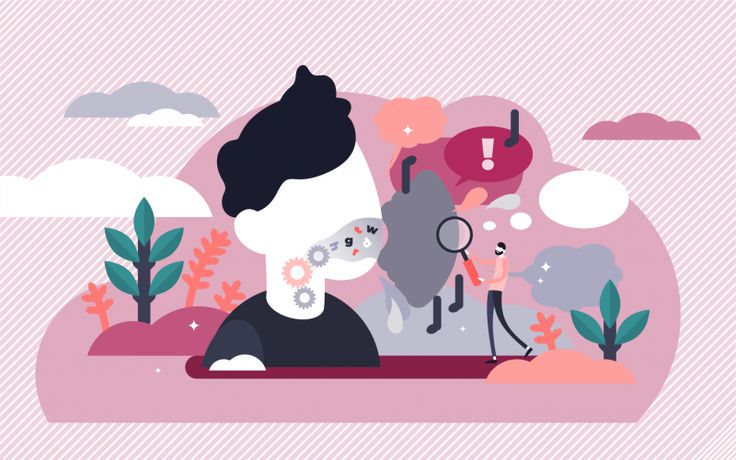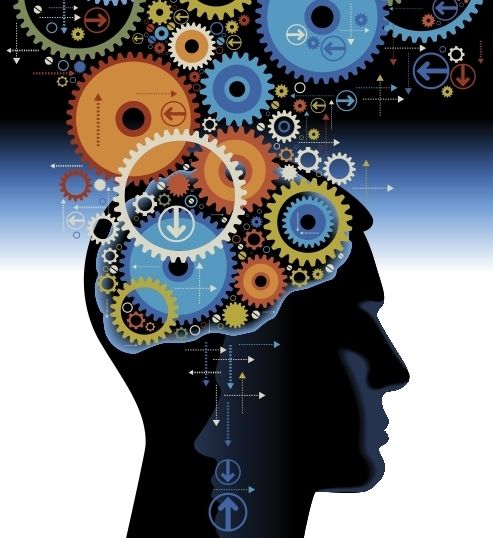Education
Occupational Therapists (OTs)
Occupational Therapists (OTs) are healthcare professionals who help people across the lifespan participate in the things they want and need to do through the therapeutic use of everyday activities (occupations). They work with individuals who have physical, sensory, or cognitive problems resulting from injury, illness, disability, or aging. OTs assist clients in performing various tasks […]
Education
Observation Records
Observation records are systematic documentation of behaviors, events, or phenomena in a specific setting. In educational and clinical contexts, these records are invaluable tools for tracking progress, identifying patterns, and making informed decisions. Teachers use observation records to monitor student behavior, academic performance, and social interactions. In research, scientists employ these records to collect data […]
Education
Next-Generation Assessment Systems
Next-generation assessment systems represent a paradigm shift in educational evaluation, moving beyond traditional standardized testing to more comprehensive, technology-enhanced approaches. These systems aim to provide a more nuanced and holistic view of student learning, aligning with modern educational goals and pedagogical practices. Key features of next-generation assessment systems: Benefits: Challenges: Examples of next-generation assessment approaches: […]
Entertainment News
Next Generation Science Standards
The Next Generation Science Standards (NGSS) represent a significant shift in science education in the United States, aiming to improve science literacy and prepare students for careers in STEM fields. Developed through a collaborative effort involving 26 states, the National Research Council, the National Science Teachers Association, and the American Association for the Advancement of […]
Education
New Literacies
New literacies refer to the skills, strategies, and dispositions necessary to successfully use and adapt to the rapidly evolving information and communication technologies (ICTs) of the digital age. This concept expands upon traditional notions of literacy, which primarily focused on reading and writing print-based texts, to encompass a broader range of competencies required in today’s […]
Education
Neutral Stimuli
Neutral stimuli are sensory inputs or environmental cues that do not inherently elicit a specific emotional or behavioral response. In psychological and behavioral research, neutral stimuli play a crucial role in establishing baselines, controlling for confounding variables, and studying learning and conditioning processes. Key characteristics of neutral stimuli include: Applications of neutral stimuli in research […]
Education
Neurons
Neurons, also known as nerve cells, are the fundamental building blocks of the nervous system in animals. These specialized cells are responsible for transmitting and processing information throughout the body, enabling complex behaviors, sensations, and cognitive functions. Key features of neurons include: Neurons can be classified into several types based on their structure and function: […]
Education
Neural Networks
Neural networks, also known as artificial neural networks (ANNs) or connectionist systems, are a cornerstone of modern artificial intelligence and machine learning. Inspired by the structure and function of biological neural networks in animal brains, these computational models are designed to recognize patterns, process complex data, and make decisions or predictions. Key components of neural […]
Education
Naturalness and Markedness
Naturalness and markedness are linguistic concepts that play crucial roles in understanding language structure, acquisition, and change. These concepts are particularly important in phonology, morphology, and syntax. Naturalness in linguistics refers to the degree to which a linguistic feature or process aligns with general patterns observed across languages or with cognitive and physiological constraints. Natural […]
Education
Natural User Interfaces (NUIs) represent a paradigm shift in human-computer interaction, moving away from traditional graphical user interfaces (GUIs) towards more intuitive and seamless interaction methods. NUIs aim to leverage innate human abilities and behaviors to create interfaces that feel natural and require minimal learning. Key characteristics of NUIs include: Examples of NUIs include: NUIs […]

